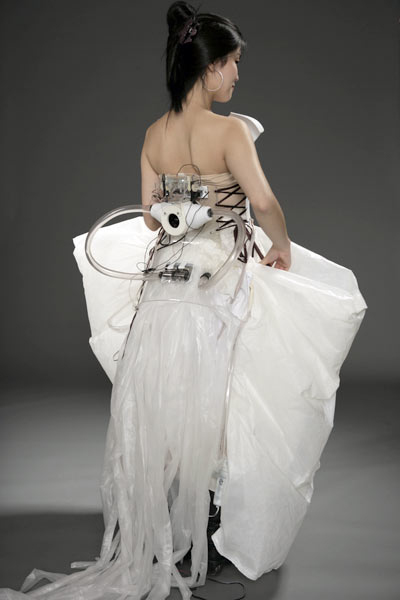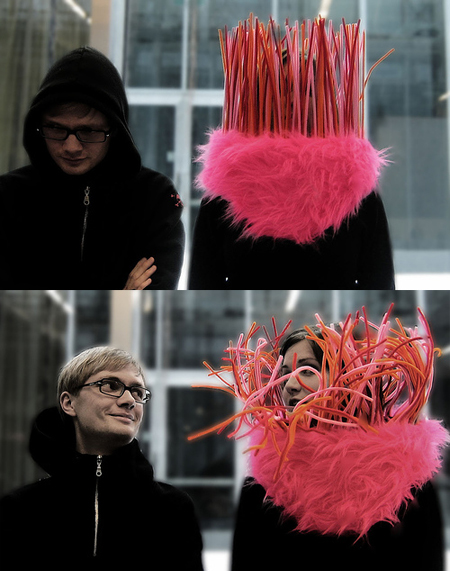If you're thinking about movement monitoring, here's an interesting pedo-biometrics application. Research shows that each person has a unique way of walking that can be measured by pressure and your gait, so your footprint is just as much a personal signature as your fingerprint. A research team at Carnegie Mellon are fast at work to capitalize on this information and is developing special shoe inserts that can determine the identity of a person just by how they walk. These security-monitoring inserts can then determine whether or not a person has the security clearance to be in a certain area like a power plant, military base or a high-tech research facility. Continue reading on Ecouttere.
Carnegie Mellon University researchers at the new $1.5 million per year Pedo-Biometrics Lab are teaming up with Autonomous ID, an Ottawa, Canada, company currently relocating operations to the U.S. to test insole sensory system prototypes for a variety of identification uses, from security to detecting the onset of such diseases as diabetes and Parkinson's. The CMU Pedo-Biometrics Lab, headed by Electrical and Computer Engineering Professor Marios Savvides, will provide the roadmap for scientific analysis and algorithm research and development for the new pedo-biometrics discipline, which uses a specially designed insole to monitor foot movement. Continue reading at Carnegie Mellon Engineering.
Image from Gent.



